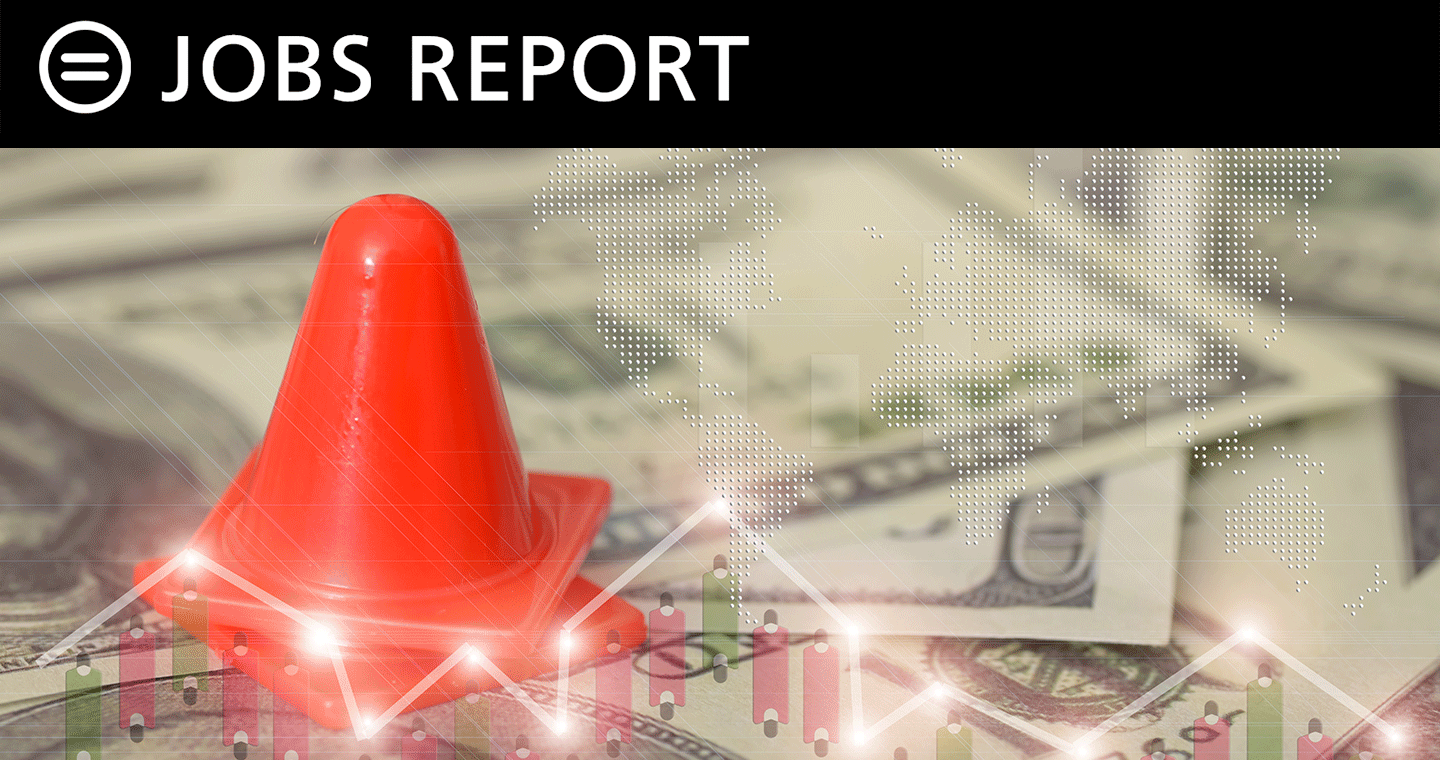April Jobs Report: Strong Job Growth Masks Economic Uncertainty and Tarriff Threats

By Bernard E. Anderson, Ph.D.
Whitney M. Young, Jr. Professor Emeritus, The Wharton School, University of Pennsylvania,
and Senior Economic Advisor, National Urban League
The U.S. economy added 177,000 jobs in April, underscoring the ongoing resilience of the labor market even as new economic threats loom on the horizon. The unemployment rate held steady at 4.2 percent, reflecting continued labor market stability. Labor force participation edged up slightly to 62.6 percent, while the employment-population ratio remained at 60.0 percent.
However, long-term unemployment rose by 200,000 to 1.674 million people, now accounting for 23.5 percent of all unemployed workers. The broader U-6 unemployment rate, which includes discouraged and marginally attached workers, ticked between 7 and 8 percent—an indicator of lingering slack in the labor market.
Sector Highlights: Healthcare Leads, Government Shrinks
Job gains were concentrated in health care (+58,000), transportation and warehousing (+29,000), financial activities (+14,000), and social assistance (+7,800). Leisure and hospitality added 24,000 jobs, showing steady—if subdued—recovery. By contrast, manufacturing employment fell by 1,000, federal government employment declined by 9,000, and local and state governments shed 13,000 jobs.
Persistent Racial Disparities in Employment
Black workers continue to face significantly higher unemployment rates compared to their white counterparts. In April:
-
Black unemployment stood at 6.3 percent, with 1.399 million unemployed (+29,000), and 20.79 million employed (+850,000).
-
White unemployment stood at 3.8 percent, with 4.948 million unemployed (+240,000), and 124.17 million employed (+800,000).
-
The Black–White unemployment ratio remains unchanged at 1.65, a stark reminder of the enduring racial inequities in the labor market.
While job creation has remained strong over the last year, it has not yet been enough to eliminate the persistent racial gap in unemployment.
Tariff Turbulence: A Growing Threat
The economic outlook is increasingly overshadowed by uncertainty surrounding newly announced tariffs from the Trump administration. The administration has proposed sweeping tariffs—up to 145 percent on Chinese goods and 10 percent or more on imports from Canada, Mexico, the Eurozone, and Asia. A temporary 90-day pause delays implementation, but anxiety is already rippling through the business community.
Tariffs function as taxes on imports, raising the price of goods like automobiles, electronics, clothing, and furniture. While the administration claims these policies will encourage domestic manufacturing investment, they also risk triggering retaliatory tariffs from U.S. trading partners, disrupting global supply chains, and exacerbating inflationary pressure.
Financial markets have already reacted sharply. The S&P 500, Dow Jones, and NASDAQ have all entered bear market territory, reflecting investor uncertainty.
Clouds on the Horizon: Recession Risk and Stagflation Fears
First-quarter GDP declined by 0.3 percent—marking the first contraction in a decade. Consumer confidence is falling, driven by fears of rising prices. If consumer spending contracts in response, a second quarter of negative growth would meet the definition of a recession.
The more dangerous possibility is stagflation: simultaneous stagnation and inflation, last seen in the early 1980s. Reversing stagflation would require aggressive intervention and could result in significant economic pain, including double-digit unemployment.
Young Workers Face a Chilling Forecast
With some employers pausing hiring plans due to tariff uncertainty, job prospects for new college graduates could suffer in the months ahead. We will be watching closely to see how this trend unfolds in the second half of the year.
What Must Be Done
To avoid a deeper economic downturn, policymakers must:
-
Stabilize the tariff regime to provide certainty for businesses.
-
Shorten the duration of imposed tariffs, limiting their distortionary effects.
-
Pursue fair and reciprocal trade agreements that promote open markets, economic growth, and consumer benefits.
Only by reducing uncertainty and reestablishing global economic cooperation can the U.S. economy maintain its momentum and ensure broad-based opportunity for workers across all communities.

